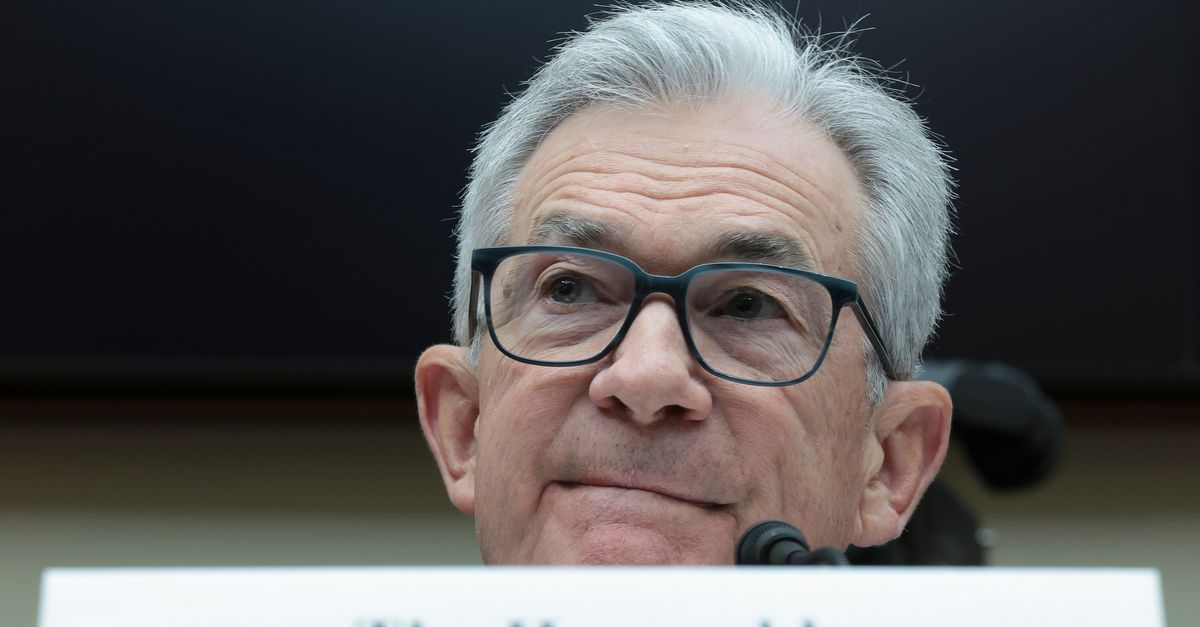After three years of a global pandemic that sent unemployment surging and plummeting, and a bout of inflation that saw prices grow at their fastest pace since the 1980s, the Federal Reserve and the Congressional Budget Office sounded what seems like an all-clear for the post-COVID U.S. economy Wednesday.
“The staff now has a noticeable slowdown in growth starting later this year in the forecast, but given the resilience of the economy recently, they are no longer forecasting a recession,” Fed Chairman Jerome Powell told reporters after the central bank’s rate-setting meeting, where they approved what is likely to be the final in a series of interest rate hikes.
Powell’s remarks were the strongest endorsement yet of a rapid shift in expectations among economists in recent weeks. Previously, there had been broad skepticism about the possibility that the Fed, in seeking to tamp down inflation, could avoid going too far in raising interest rates and tip the economy into recession.
But as the economy continued to surprise to the upside month after month, buoyed by consumer spending and a robust job market, the consistent gloom from the business press, Wall Street and the Federal Reserve became harder to sustain.
The Fed staff forecast was echoed by the Congressional Budget Office, a nonpartisan Capitol Hill agency that serves as Congress’ bookkeeper.
“The staff now has a noticeable slowdown in growth starting later this year in the forecast, but given the resilience of the economy recently, they are no longer forecasting a recession.”- Federal Reserve Chairman Jerome Powell
“Economic growth slows and then picks up,” the CBO said in its updated forecasts released Wednesday at about the same time as the Fed meeting was breaking up.
A key reason for optimism is the possibility the Fed, after facing criticism for being too slow to raise rates to stop inflation, has done enough and need only wait for the impacts of its rate hikes to slowly work their way through the economy. The rate hike Wednesday put the Fed’s benchmark rate at 5.25% to 5.5%, the highest since January 2001.
While the Fed in its post-meeting statement said it was still committed to getting inflation down to its 2% a year target, it also said it was “prepared to adjust the stance of monetary policy as appropriate if risks emerge that could impede the attainment of the Committee’s goals,” which could be interpreted as being ready to cut rates if necessary.
The CBO predicts the Fed will start cutting rates in the first half of 2024 as inflation recedes further.
Inflation has been coming down steadily in recent months, but from a sky-high level not seen since the 1980s. Rising prices had been the biggest blemish on an economy that in many ways had already surpassed pre-pandemic peaks seen in 2019 or early 2020.
One reason for the unexpected resilience may be President Joe Biden’s 2022 infrastructure legislation. The White House in recent weeks has been touting its approach to economic and industrial policy as “Bidenomics,” even as polls show many remain skeptical of the economy’s performance.
Still, last week, economists at financial giant Morgan Stanley also upped their growth forecasts, according to CNBC, citing the infrastructure bill enacted last year by Biden with bipartisan support on Capitol Hill.
The law is creating “a boom in large-scale infrastructure,” CNBC quoted Ellen Zentner, Morgan Stanley’s chief U.S. economist as saying.
Of course, the economy still faces risks, in the form of sluggish business investment, rising consumer debt, the possibility of a government shutdown as soon as Oct. 1, and an economically weaker China. And Powell noted the Fed staff forecast isn’t the same as the forecasts made by members of the Fed’s rate policy committee ― but compared to the start of the year, the outlook has vastly improved.
In February, the CBO expected the economy to shrink in the first half of the year and then to grow by only 0.1% for all of 2023. “Output growth comes to a halt in early 2023 in response to the sharp rise in interest rates during 2022,” the CBO said then. Now, they’re predicting a 0.9% growth rate for the year.

